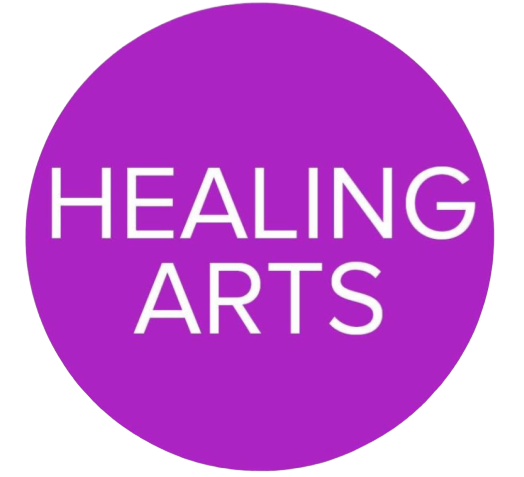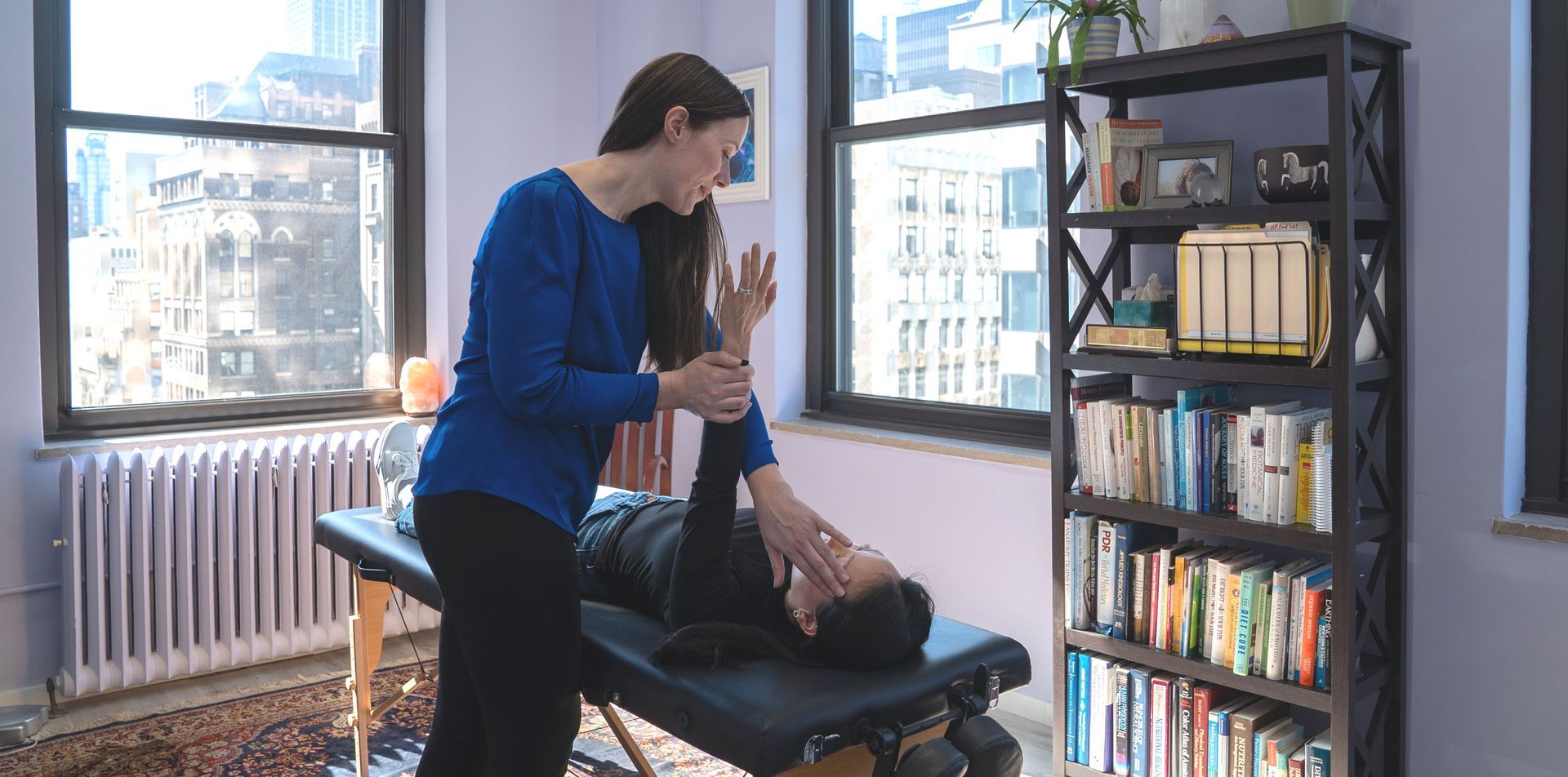How Occasional Neck Pain Can Become Something More Serious
Dismissing occasional neck pain is like ignoring the check engine light in your car. Sooner or later, the underlying issue will demand your attention. When neck pain is not addressed, it can progress from an intermittent nuisance to a constant, serious problem with far-reaching consequences.
-Dr. Alana Bloom
That familiar twinge in your neck after a long day at the desk or a night spent sleeping in an awkward position is an experience most of us can relate to. We often dismiss it as a minor annoyance, something a quick stretch or an over-the-counter pain reliever can fix. But what if that occasional ache is a quiet signal of something more significant? Ignoring these early warnings can allow a simple problem to evolve into a chronic and debilitating condition.
Understanding the journey from a minor ache to a serious health issue is the first step toward prevention. This post will explore the common triggers of neck pain, how it can worsen over time, and why early, holistic intervention is key to maintaining your long-term health and mobility. We will show you how to listen to your body's signals and take proactive steps to protect your neck.
The Common Culprits Behind Occasional Neck Pain
Neck pain often starts subtly. It might feel like a minor stiffness in the morning or a dull ache after hours spent looking at a screen. These symptoms are easy to ignore, but they are usually tied to specific triggers in our daily lives. Identifying these sources is crucial because they represent opportunities for early intervention.
The Modern Dilemma: Poor Posture and "Tech Neck"
One of the most widespread causes of neck strain is poor posture, which has been made worse by our reliance on technology. Think about how you are sitting right now. Is your head pushed forward to look at a computer screen? Are you hunched over your smartphone? This forward-head posture, often called "tech neck," places an enormous amount of stress on the cervical spine.
For every inch your head moves forward from its neutral position, it adds about 10 extra pounds of weight for your neck muscles to support. A slight forward tilt of just two inches means your neck is holding up an extra 20 pounds all day. This constant strain fatigues the supporting muscles, leading to inflammation, stiffness, and pain. What begins as occasional discomfort can lead to muscle imbalances and structural changes in the spine if this posture becomes habitual.
The Weight of Stress on Your Shoulders
Stress isn't just an emotional burden; it has profound physical effects on the body. When you feel stressed or anxious, your body enters a "fight or flight" mode, causing muscles to tense up, particularly in the neck and shoulders. This is a primitive survival mechanism designed to protect you from harm.
In our modern lives, stressors are often chronic—work deadlines, financial worries, personal conflicts—meaning our muscles can remain in a state of constant tension. This prolonged contraction restricts blood flow, leading to a buildup of metabolic waste products like lactic acid, which causes pain and soreness. Over time, chronic muscle tension can contribute to trigger points (painful knots in the muscles) and even tension headaches that originate in the neck.
Hidden Damage from Minor Injuries
Even seemingly minor injuries can have lasting effects on the neck. A fender bender that causes a slight whiplash, a fall during a weekend sports game, or even a sudden jolt can misalign the vertebrae in your cervical spine. You might feel fine immediately after the incident, with the pain only appearing days or weeks later.
When these micro-traumas are left untreated, the body attempts to stabilize the injured area by tensing surrounding muscles and ligaments. This can create a cycle of pain and stiffness. The initial injury may heal, but the resulting muscular imbalances and spinal misalignments can persist, setting the stage for future problems and making the neck more vulnerable to further injury.
The Escalation: When Neck Pain Becomes Chronic
Dismissing occasional neck pain is like ignoring the check engine light in your car. Sooner or later, the underlying issue will demand your attention. When neck pain is not addressed, it can progress from an intermittent nuisance to a constant, serious problem with far-reaching consequences.
From Ache to Chronic Pain Syndrome
Chronic pain is medically defined as pain that lasts for more than three months. When acute neck pain is ignored, the nervous system can become hypersensitive. The pain signals that were once a response to a specific strain or injury can become amplified and persistent, firing even without an obvious trigger. The brain essentially rewires itself to be in a constant state of alert.
This transition to chronic pain syndrome affects more than just your physical comfort. It can lead to fatigue, sleep disturbances, depression, and anxiety, significantly impacting your quality of life. Simple activities like reading a book, driving, or working at a computer can become unbearable, leading to social withdrawal and a loss of independence.
Reduced Mobility and Degenerative Changes
Your neck is designed for mobility, allowing you to turn, tilt, and nod your head with ease. Chronic inflammation and muscle tension restrict this natural range of motion. You might find it difficult to turn your head to check your blind spot while driving or experience a painful "catch" with certain movements.
Over time, this reduced mobility can accelerate degenerative processes in the cervical spine. The intervertebral discs, which act as cushions between your vertebrae, rely on movement to receive nutrients and stay healthy. When movement is restricted, these discs can begin to dehydrate and degenerate, a condition known as degenerative disc disease. This can lead to bone spurs, spinal stenosis (narrowing of the spinal canal), and arthritis, causing permanent stiffness and pain.
The Danger of Nerve Compression
One of the most serious consequences of untreated neck issues is nerve compression, also known as a pinched nerve. When discs degenerate, vertebrae become misaligned, or muscles become chronically tight, they can put pressure on the sensitive nerves that exit the spinal cord in your neck.
These nerves control sensation and function in your head, shoulders, arms, and hands. Symptoms of nerve compression can include sharp, radiating pain, numbness, tingling, or weakness in these areas. For example, a pinched nerve in the neck could cause a pins-and-needles sensation in your fingers or a weakness that makes it difficult to grip objects. If left unaddressed, prolonged nerve compression can lead to permanent nerve damage and muscle atrophy.
Why Early and Holistic Intervention Matters
The good news is that this downward spiral is not inevitable. By taking a proactive and holistic approach, you can address the root causes of your neck pain and prevent it from becoming a serious issue. Integrative healthcare offers a powerful toolkit for both treatment and prevention.
Chiropractic care focuses on restoring proper alignment to the spine. A chiropractor can use gentle adjustments to correct misalignments in the cervical vertebrae caused by poor posture or injury. This relieves pressure on nerves, reduces muscle tension, and restores mobility, allowing the body to heal itself naturally.
Acupuncture, a key component of Traditional Chinese Medicine, involves inserting fine needles into specific points on the body to improve the flow of energy, or Qi. For neck pain, acupuncture can help release tight muscles, reduce inflammation, and stimulate the release of endorphins, the body's natural painkillers. It is an effective way to manage both acute and chronic pain.
Physical therapy plays a vital role in strengthening weak muscles and correcting postural imbalances. A physical therapist can design a customized exercise program to stretch tight muscles, improve your range of motion, and teach you ergonomic strategies to reduce strain on your neck during daily activities.
Taking Control of Your Neck Health
You have the power to protect your neck and prevent occasional pain from escalating. Start by being mindful of your posture. Set up your workspace ergonomically, with your screen at eye level. Take frequent breaks to stand up, stretch, and move around. When using your phone, bring it up to your eyes rather than tilting your head down.
Incorporate stress-management techniques into your daily routine, such as deep breathing, meditation, or yoga. Regular exercise, particularly activities that strengthen your core and upper back, can provide better support for your neck.
Most importantly, listen to your body. If you experience neck pain that persists for more than a few days, recurs frequently, or is accompanied by numbness, tingling, or weakness in your arms or hands, it's time to seek professional help. Don't wait for the pain to become unbearable.
An integrative healthcare provider like Dr. Alana Bloom can offer a comprehensive evaluation to identify the root cause of your pain and create a personalized treatment plan. By combining therapies like chiropractic care, acupuncture, and physical therapy, you can address the issue from all angles—structural, muscular, and energetic. Early intervention is not just about relieving a temporary ache; it’s an investment in your long-term health, mobility, and well-being.












